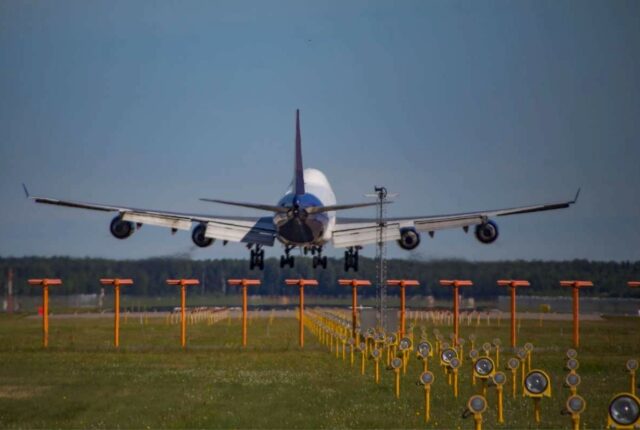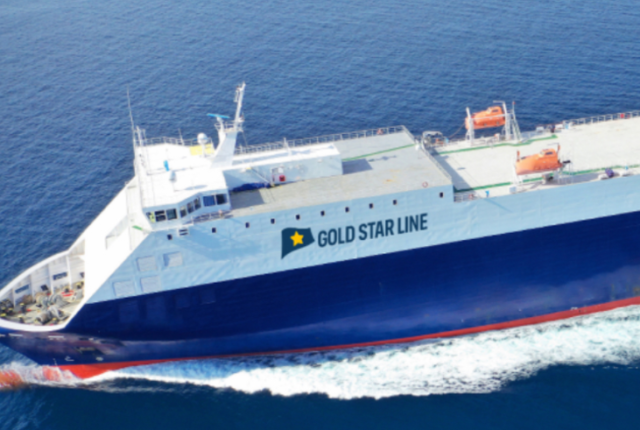
From Port to Port: Streamlining Your Sea Freight Logistics
Navigating the intricate world of sea freight logistics can be challenging, but it’s a vital component of global trade. Whether you’re an experienced logistics manager or a newcomer to the industry, optimizing your sea freight operations is essential for cost-effectiveness and timely deliveries. In this comprehensive guide, we will delve deep into the intricacies of streamlining your sea freight logistics, from port to port. We’ll cover everything from choosing the right shipping routes to handling customs procedures, ensuring that your cargo arrives smoothly and on schedule.
From Port to Port: Streamlining Your Sea Freight Logistics
Streamlining sea freight logistics is crucial to stay competitive in today’s global marketplace. Let’s explore the various aspects of this process to help you manage your shipments more efficiently.
Understanding Sea Freight Logistics
Sea freight logistics involve the planning, execution, and management of shipping goods via sea routes. It’s a complex system that requires meticulous attention to detail.
The Key Role of Ports
Ports are the lifeline of sea freight logistics. They serve as the point of origin and destination for your cargo, making the choice of ports a critical decision.
Selecting the Optimal Shipping Route
Choosing the right shipping route can significantly impact your logistics operations. Factors like distance, weather conditions, and transit times must be considered.
Cargo Packaging and Labeling
Proper packaging and labeling are essential to protect your goods during transit and ensure they reach their destination intact.
Efficient Inventory Management
Maintaining an accurate inventory is crucial to prevent delays and ensure timely deliveries.
Partnering with Reliable Freight Forwarders
Establishing partnerships with experienced freight forwarders can simplify your logistics operations.
Compliance with Customs Regulations
Navigating customs regulations is a complex process. Staying updated on customs requirements is essential to avoid delays and penalties.
Utilizing Advanced Tracking Technologies
Modern technology, such as GPS and RFID tracking, can provide real-time insights into the location and condition of your cargo.
Managing Documentation Effectively
Efficient documentation is vital for smooth sea freight logistics. Ensure all paperwork is in order to prevent customs issues.
Negotiating Shipping Contracts
Negotiating favorable shipping contracts with carriers can lead to cost savings in the long run.
Handling Containerization
Understanding the different types of containers and their uses is crucial for efficient cargo loading.
Implementing Sustainable Practices
Sustainability is a growing concern in logistics. Adopting eco-friendly practices can benefit both your business and the environment in the long run.
Dealing with Incidents and Contingencies
Prepare for unexpected events like bad weather or accidents by having contingency plans in place.
Embracing Digitalization
Digital solutions, such as cloud-based logistics platforms, can streamline your operations and improve communication.
The Human Element
Remember that behind every successful logistics operation are dedicated professionals who make it happen.
Frequently Asked Questions
How can I choose the right shipping route?
Selecting the optimal shipping route depends on factors like the type of cargo, destination, and transit time. Consult with experienced logistics professionals for guidance.
What is containerization, and why is it essential?
Containerization is the practice of packing cargo into standardized containers. It’s essential for efficient loading and unloading of ships, reducing cargo handling time.
What are some sustainable practices in sea freights logistics?
Sustainable practices include optimizing shipping routes to minimize emissions, using eco-friendly packaging materials, and adopting energy-efficient technologies.
How do I handle incidents like cargo damage during transit?
Having insurance coverage for your cargo is essential. In case of damage, document the situation thoroughly and contact your insurance provider.
What role does technology play in sea freights logistics?
Technology plays a significant role in providing real-time tracking, optimizing routes, and enhancing communication among stakeholders.
Conclusion
Streamlining your sea freight logistics, from port to port, is an ongoing process that requires attention to detail, careful planning, and continuous adaptation to industry trends. By following the insights and tips provided in this guide, you can optimize your logistics operations, reduce costs, and ensure that your cargo reaches its destination efficiently and on time. Remember that success in sea freight logistics is not just about moving goods; it’s about building strong relationships and staying informed about the latest developments in the industry. So, embark on your journey to efficient sea freight logistics and watch your business sail smoothly from port to port.






